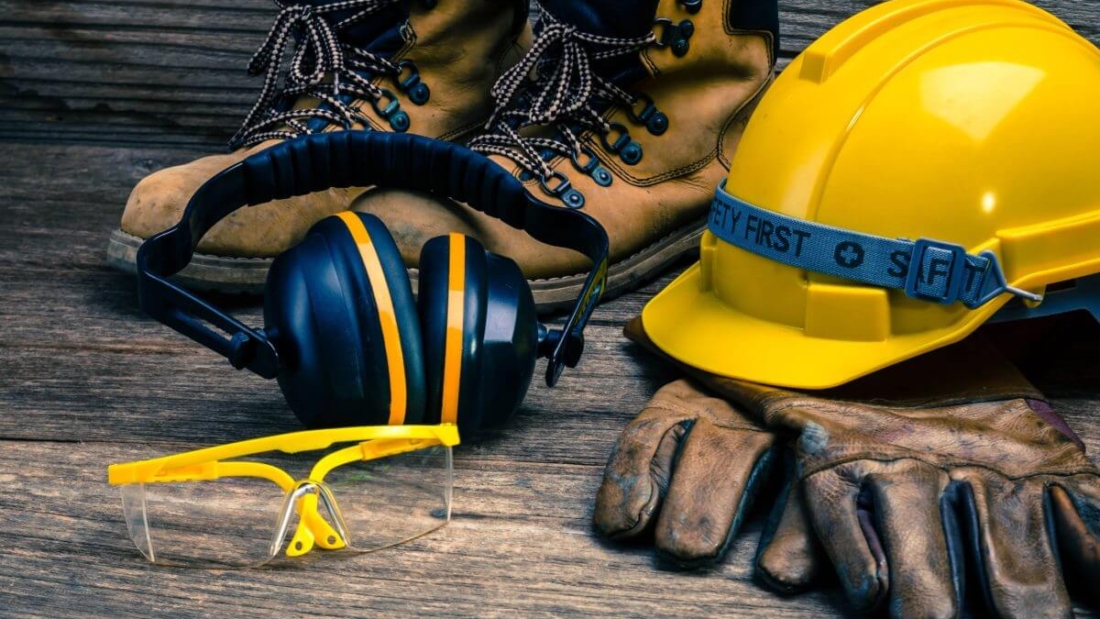ISO 23616 aims to ensure the reliability and performance of firefighter PPE by establishing uniform procedures for cleaning, inspection, and repair. Adhering to these standards is critical for maintaining the integrity and effectiveness of the protective gear.
Introduction
Firefighters play a crucial role in safeguarding lives and property during emergencies. However, their safety heavily relies on the effectiveness of their personal protective equipment (PPE). In this article, we delve into ISO 23616, which provides comprehensive guidelines for the cleaning, inspection, and repair of firefighters’ PPE.
Understanding ISO 23616
Scope and Objectives
ISO 23616 outlines the requirements for cleaning, inspection, and repair of various types of firefighter PPE, including protective clothing, helmets, gloves, and boots. Its primary objectives include enhancing firefighter safety, prolonging the lifespan of PPE, and minimizing operational downtime.
Key Components Covered Under the Standard
The standard addresses key aspects such as cleaning procedures, inspection criteria, repair techniques, compliance requirements, and training guidelines. It provides a comprehensive framework for ensuring the quality and reliability of firefighter PPE maintenance practices.
Cleaning Procedures for Firefighter PPE
Importance of Proper Cleaning
Clean PPE not only enhances firefighter comfort and hygiene but also prevents the accumulation of contaminants that could compromise its protective properties. Proper cleaning is essential for removing dirt, debris, toxins, and biological hazards from the gear.
Guidelines for Cleaning PPE
ISO 23616 specifies detailed guidelines for cleaning firefighter PPE, including recommended cleaning agents, temperature settings, washing cycles, and drying methods. It emphasizes the use of mild detergents and gentle handling to avoid damaging the fabric or protective coatings.
Recommended Cleaning Agents and Techniques
Firefighter PPE should be cleaned using non-abrasive detergents and lukewarm water to maintain its structural integrity and flame-resistant properties. Gentle agitation and thorough rinsing are necessary to ensure the removal of all contaminants without leaving any residue.
Inspection of Firefighter PPE
Importance of Regular Inspections
Regular inspections are essential for detecting signs of wear, damage, or contamination that could compromise the effectiveness of firefighter PPE. Timely identification of issues allows for prompt repair or replacement, minimizing the risk of injury during emergency operations.
Visual and Physical Inspection Procedures
ISO 23616 outlines visual and physical inspection procedures for assessing the condition of firefighter PPE. Visual inspections involve checking for visible signs of damage, such as tears, punctures, abrasions, discoloration, or chemical exposure. Physical inspections may include measurements of fabric thickness, tensile strength, and moisture resistance to evaluate performance.
Identifying Signs of Wear and Tear
Common signs of wear and tear in firefighter PPE include fraying seams, weakened fabric, broken zippers, delaminated coatings, and missing reflective trim. Inspectors must be trained to recognize these indicators and assess their impact on the gear’s protective capabilities.
Repairing Firefighter PPE
Common Damages Encountered
Firefighter PPE is subjected to harsh conditions during firefighting operations, leading to various types of damage over time. Common issues include torn fabric, damaged closures, melted coatings, punctured layers, and compromised thermal insulation.
Repair Procedures According to ISO 23616
ISO 23616 provides guidelines for repairing firefighter PPE using compatible materials and techniques to restore its protective properties. Repair procedures may involve patching tears, replacing components, reinforcing weak areas, and reapplying protective coatings under controlled conditions.
Importance of Certified Repair Technicians
Qualified technicians with specialized training and equipment should perform repairs on firefighter PPE to ensure compliance with ISO 23616 standards. Certified repair facilities adhere to strict quality control measures to guarantee the safety and integrity of the repaired gear.
Compliance and Certification
Meeting ISO 23616 Standards
Fire departments and emergency services organizations must ensure compliance with ISO 23616 standards to uphold the safety and well-being of their personnel. Adhering to established maintenance protocols and certification requirements is essential for demonstrating commitment to firefighter safety.
Certification Process for Firefighter PPE
Certification bodies evaluate firefighter PPE manufacturers, suppliers, and service providers to verify compliance with ISO 23616 standards. Certified products and services undergo rigorous testing and inspection to confirm their conformity to the specified requirements.
Training and Awareness
Importance of Training for Firefighters
Proper training is essential for firefighters to understand the importance of PPE maintenance and adhere to ISO 23616 standards effectively. Training programs should cover cleaning procedures, inspection techniques, repair protocols, and safety precautions to ensure operational readiness.
Educating on ISO 23616 Standards
Fire departments and training academies play a crucial role in educating firefighters about ISO 23616 standards and their significance in maintaining PPE integrity. Training sessions, workshops, and informational materials help raise awareness and promote compliance with established guidelines.
Ensuring Adherence to Safety Protocols
Fire departments should enforce strict protocols for PPE maintenance, inspection, and repair to ensure consistent compliance with ISO 23616 standards. Regular audits, performance evaluations, and quality assurance measures help identify areas for improvement and address non-conformities promptly.
Conclusion
ISO 23616 aims to ensure the reliability and performance of firefighter PPE by establishing uniform procedures for cleaning, inspection, and repair. Adhering to these standards is critical for maintaining the integrity and effectiveness of the protective gear.

